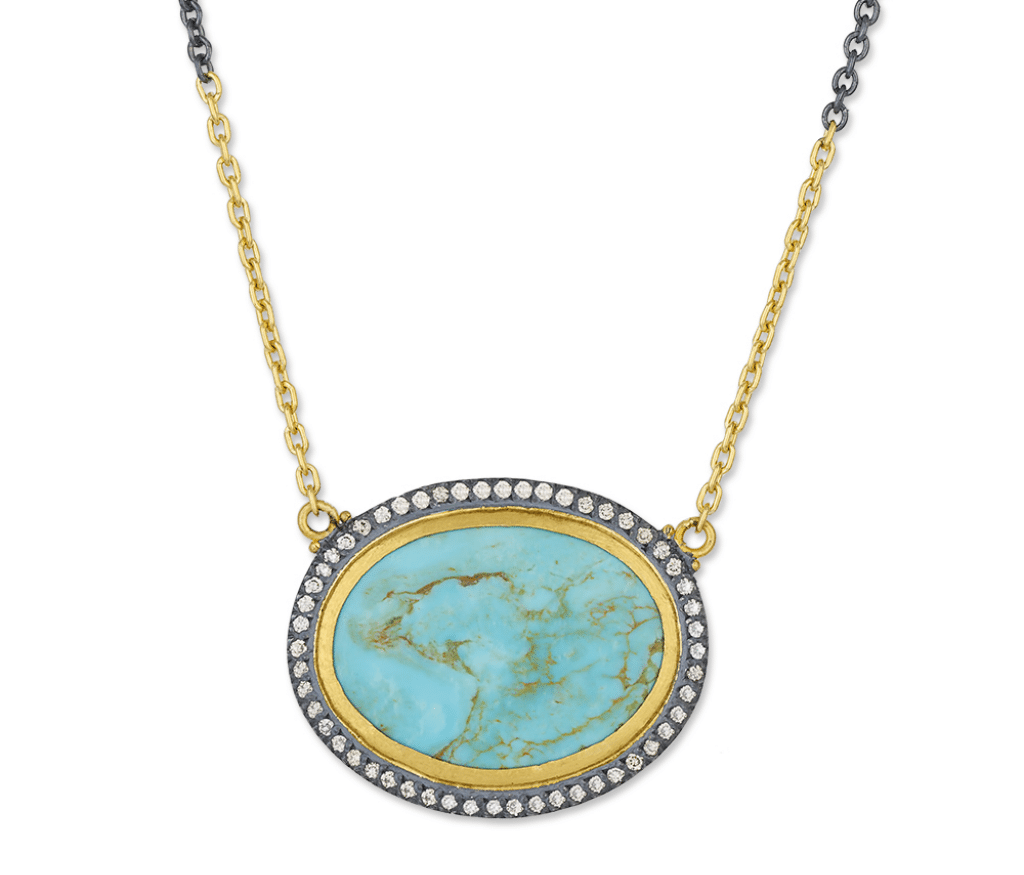Turquoise has a rich history throughout millennia and across a variety of cultures. The earliest uses were beads found in Iraq, dating back to 5000 BCE. Turquoise gemstones were found in jewelry in Egyptian tombs, dating back to 3000 BCE. It was even used in King Tut’s burial mask.

Native Americans have mined turquoise in the southwestern part of the United States for nearly a thousand years. They’ve worn it during ceremonies to call upon spirits and to symbolize the god of the sky. They used it to guard burial sites and in divining since it enhances communication between spiritual and physical worlds.
Legends state that the blue-green stone could protect the wearer, so it was often used in shields, weapons, and bridles for warriors going to battle. It was also thought to instill tranquility and promote wisdom. Some have even believed it to have the power of immortality.
Turquoise is widely known as a symbol of friendship and happiness. In folklore, the stone’s energy would be programmed with a specific intention for daily wear or meditation uses. Many people would wear it near their heart as they believed it promoted positive, happy vibes.
With its blue color streaked with brown ribbons, the stone symbolized the earth and sky coming together and the joining of female and male energies.
Other legends believed that turquoise helped the user communicate and manifest wholeness and truth.
If you’re looking for a gorgeous piece of turquoise jewelry for yourself or to gift to someone with a December birthday, find an American Gem Society jeweler near you.
NOTE: The above is intended to educate on the myth, legend, and historical lore of turquoise and is not meant to be interpreted as fact.